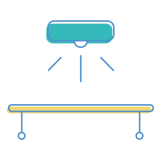
On the interactive table
Interactive projection via Motioncube
maths and logic, coding and algorithmics, board and strategy games
A multi-level game of programming a virtual robot named Lumi. The game takes place on a table using real code tiles with instructions. Students arrange the code on an interactive gameboard using dedicated game cards. After running the code, Lumi moves around the board according to the arranged sequence of instructions.
These are pleasant lessons in programming and the basics of algorithms. The logical division into 11 lessons and the included scenarios make it easier to conduct classes—scope of teaching: navigation, collecting and sorting objects, conditional fields, loops, and functions. There are 110 levels in the game for Lumi to complete!
Arrange the cards on the table and collect the lost objects, leading Lumi to the exit. Good luck!
Take a look at the teacher's guide and see what lesson plans we have prepared for you.
View class scenarios
Interactive projection via Motioncube

Analyze the gameboard, plan your moves and arrange the code tiles
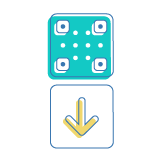
Place them on the table in real game mode
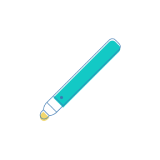
Arrange virtual code blocks in virtual game mode
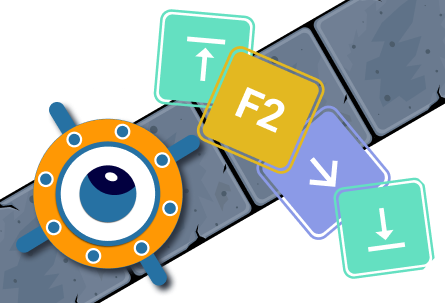
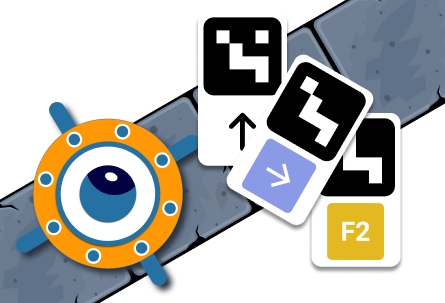
The game is intended for students from the 1st grade of primary school. Due to the varying degrees of difficulty of the tasks, from simple to complex algorithmic challenges, the game can be successfully offered to students of higher grades.
The recommended way to play is teamwork at the table. The game can be played by one person, and by group of 2-4 people.
The players' task is to show the hero the right way to the exit while performing simple cleaning tasks in the corridors. Students arrange a series of instructions under the board from cardboard blocks (in real mode) or from virtual picture blocks (in virtual mode, using an IR pen).
We want to introduce students to the world of programming through play. By controlling our hero Lumi in the rooms of a heat and power plant, players gradually expand their competencies in the following areas:
110 game levels | Two game modes: Real and Virtual | Cardboard tiles with instructions
This is a well-thought-out course consisting of a total of 110 interactive boards to solve. It is logically divided into 11 parts, which makes it easier to learn the material and progress in the game. While playing with the tiles, students can learn and understand the use of: sequence of instructions, conditional instructions, the pick-and-drop method, the iterative loop and functions.
In addition, the Motioncube Help Center for teachers you will find five lesson plans with the app. They will help you explain new concepts and introduce students to new topics through joint play.
The application is designed for playing on an interactive table. You can play the game on an interactive device SmartFloor.
In the game, you operate the menu using an IR pen. You can choose one of two game modes: real or virtual.
In virtual mode, you will still use the IR pen to place blocks on the board. In real mode, use dedicated cardboard blocks (purchased separately) or print them on stiff paper from the attached file.
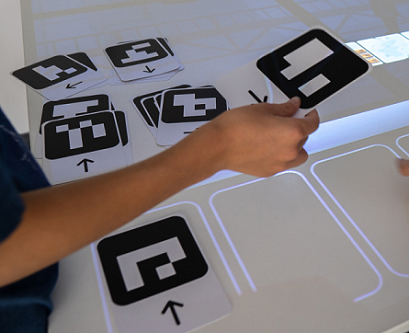
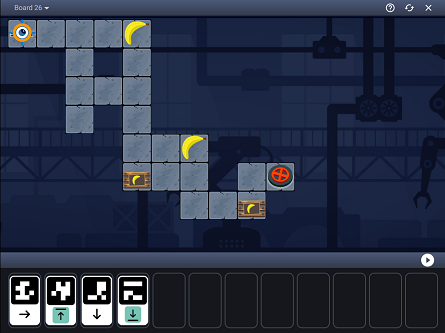
Other applications that may also interest you